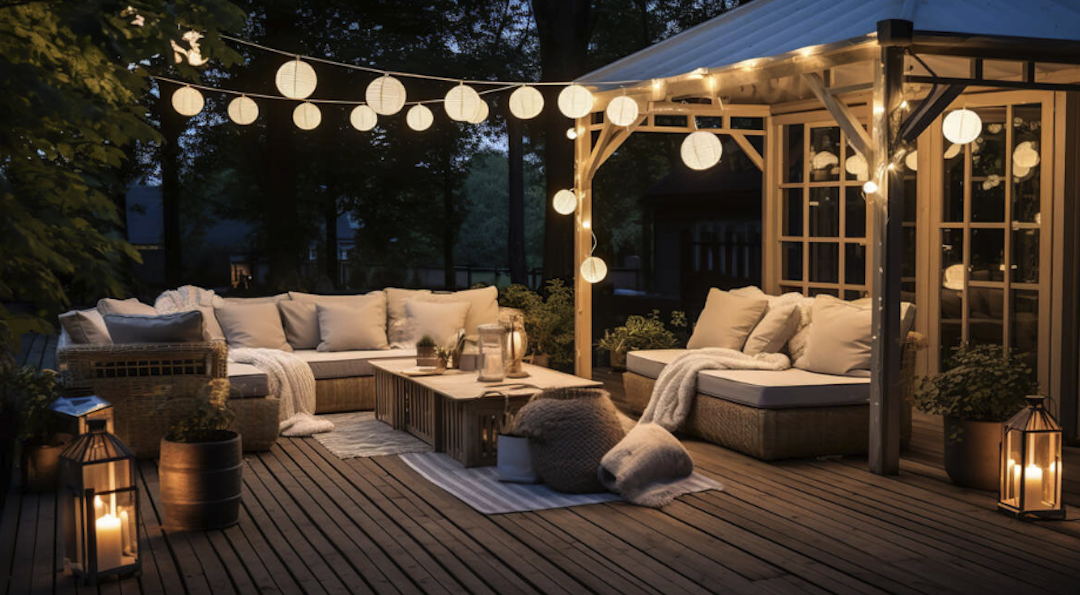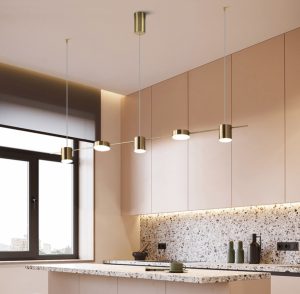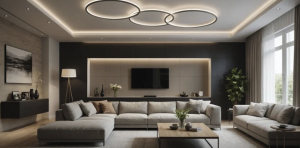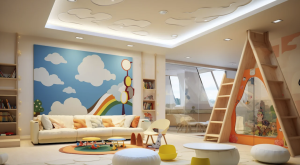
Outdoor lighting plays a pivotal role in enhancing the functionality and aesthetic appeal of residential and commercial spaces alike. It serves not only as a means of illumination but also as a tool for safety and security. Well-placed outdoor lights can deter potential intruders, making properties less vulnerable to theft or vandalism.
Moreover, they illuminate pathways, driveways, and entrances, reducing the risk of accidents during nighttime. The psychological comfort that comes from a well-lit environment cannot be overstated; it fosters a sense of security for residents and visitors alike, allowing them to navigate outdoor spaces with confidence. Beyond safety, outdoor lighting significantly contributes to the overall ambiance of a property.
It can transform mundane outdoor areas into inviting spaces that encourage social interaction and relaxation. Whether it’s a cozy backyard gathering or a grand outdoor event, the right lighting can set the mood and enhance the experience. Additionally, strategically placed lights can highlight architectural features, gardens, and landscaping, creating visual interest and depth.
In essence, outdoor lighting is not merely functional; it is an essential element of design that elevates the character of any space.
Types of Outdoor Lighting
The variety of Trancosodesign outdoor lighting options available today is vast, catering to different needs and preferences. One of the most common types is ambient lighting, which provides general illumination for outdoor areas. This can be achieved through wall-mounted fixtures, post lights, or even floodlights that cast a broad beam of light.
Ambient lighting is crucial for creating a welcoming atmosphere and ensuring that spaces are usable after dark. It serves as the foundation upon which other types of lighting can be layered to create a more dynamic environment. Task lighting is another essential category that focuses on specific areas where activities take place.
For instance, lights installed over patios or decks can facilitate evening barbecues or gatherings, while lights along walkways ensure safe passage. Accent lighting, on the other hand, is used to highlight particular features such as trees, sculptures, or architectural details. This type of lighting adds drama and interest to outdoor spaces, drawing attention to elements that might otherwise go unnoticed.
By understanding these different types of outdoor lighting, homeowners can make informed decisions that enhance both functionality and aesthetics.
Choosing the Right Outdoor Lighting Fixtures
Selecting the appropriate outdoor lighting fixtures involves considering several factors, including style, purpose, and energy efficiency. The style of the fixtures should complement the architecture of the home and the overall landscape design. For instance, modern homes may benefit from sleek, minimalist fixtures, while traditional homes might look best with ornate lanterns or sconces.
Additionally, the purpose of the lighting should guide fixture selection; for example, fixtures designed for security may need to be more robust and brighter than those intended for ambiance. Energy efficiency is another critical consideration in choosing outdoor lighting fixtures. With advancements in technology, options such as LED lights have become increasingly popular due to their longevity and lower energy consumption compared to traditional incandescent bulbs.
Not only do they reduce electricity bills, but they also have a smaller environmental footprint. Furthermore, homeowners should consider the maintenance requirements of different fixtures; some may require more frequent bulb replacements or cleaning than others. By carefully evaluating these factors, individuals can select outdoor lighting fixtures that not only enhance their property but also align with their lifestyle and values.
Tips for Placement of Outdoor Lighting
The placement of outdoor lighting is crucial in achieving both functionality and aesthetic appeal. A well-thought-out lighting plan can significantly enhance the usability of outdoor spaces while creating an inviting atmosphere. One effective strategy is to layer different types of lighting—ambient, task, and accent—throughout the area.
For instance, ambient lighting can be used to illuminate pathways and driveways, while task lighting can be focused on seating areas or cooking spaces. Accent lighting can then be strategically placed to highlight trees or architectural features, creating a visually engaging environment. When determining placement, it’s essential to consider the natural flow of movement within the space.
Lights should be positioned to guide people safely along pathways and entrances without causing glare or harsh shadows. Additionally, it’s wise to avoid over-lighting certain areas while leaving others in darkness; achieving balance is key. Using dimmers or motion sensors can also enhance flexibility in outdoor lighting placement, allowing homeowners to adjust brightness levels based on specific needs or occasions.
Ultimately, thoughtful placement ensures that outdoor lighting serves its intended purpose while enhancing the overall beauty of the landscape.
Enhancing Your Outdoor Space with String Lights
String lights have become a beloved choice for enhancing outdoor spaces due to their versatility and charm. These decorative lights can be draped across patios, wrapped around trees, or hung from pergolas to create a whimsical atmosphere that invites relaxation and socialization. Their soft glow adds warmth to any gathering, making them ideal for everything from casual family dinners to festive celebrations with friends.
The ease of installation further contributes to their popularity; many string lights come with hooks or clips that allow for quick setup without requiring professional assistance. In addition to their aesthetic appeal, string lights offer practical benefits as well. They are available in various styles—from vintage Edison bulbs to modern LED designs—allowing homeowners to choose options that best fit their personal taste and existing decor.
Furthermore, many string lights are designed for outdoor use, ensuring durability against weather elements such as rain or wind. This resilience means that they can be enjoyed year-round, providing consistent charm regardless of the season. By incorporating string lights into their outdoor spaces, homeowners can create enchanting environments that foster connection and enjoyment.
Creating Ambiance with Landscape Lighting
Landscape lighting is an art form that combines functionality with creativity to enhance outdoor environments dramatically. By illuminating gardens, pathways, and architectural features at night, landscape lighting creates a magical atmosphere that transforms how these spaces are perceived after dark. The strategic use of light can highlight the beauty of plants and flowers while casting gentle shadows that add depth and intrigue to the landscape.
This interplay between light and shadow not only enhances visual appeal but also encourages exploration and enjoyment of outdoor areas. Moreover, landscape lighting can be tailored to suit various moods and occasions. For instance, soft white lights can create a serene ambiance perfect for quiet evenings spent outdoors, while colored lights can energize a space for lively gatherings or celebrations.
The use of dimmers allows homeowners to adjust brightness levels according to their needs, further enhancing versatility. Additionally, incorporating smart technology into landscape lighting systems enables remote control via smartphones or voice commands, making it easier than ever to set the desired mood at any time. Ultimately, landscape lighting serves as a powerful tool for creating enchanting outdoor experiences.
Energy-Efficient Outdoor Lighting Options
As environmental awareness continues to grow among consumers, energy-efficient outdoor lighting options have gained significant traction in recent years. LED lights stand out as one of the most popular choices due to their remarkable energy savings compared to traditional incandescent bulbs. Not only do LEDs consume significantly less electricity—up to 80% less—but they also boast an impressive lifespan that can last up to 25 times longer than conventional bulbs.
This longevity translates into fewer replacements over time, making LEDs a cost-effective solution for homeowners looking to reduce both their energy bills and environmental impact. Solar-powered lights represent another innovative option in energy-efficient outdoor lighting. These fixtures harness sunlight during the day and convert it into electricity for nighttime use, eliminating reliance on grid power altogether.
Solar lights are particularly appealing for gardens and pathways where wiring may be impractical or costly. With advancements in solar technology, many modern solar lights now offer bright illumination comparable to traditional options while requiring minimal maintenance. By embracing these energy-efficient solutions, homeowners not only contribute positively to the environment but also enjoy long-term savings on their energy costs while enhancing their outdoor spaces with beautiful lighting designs.





